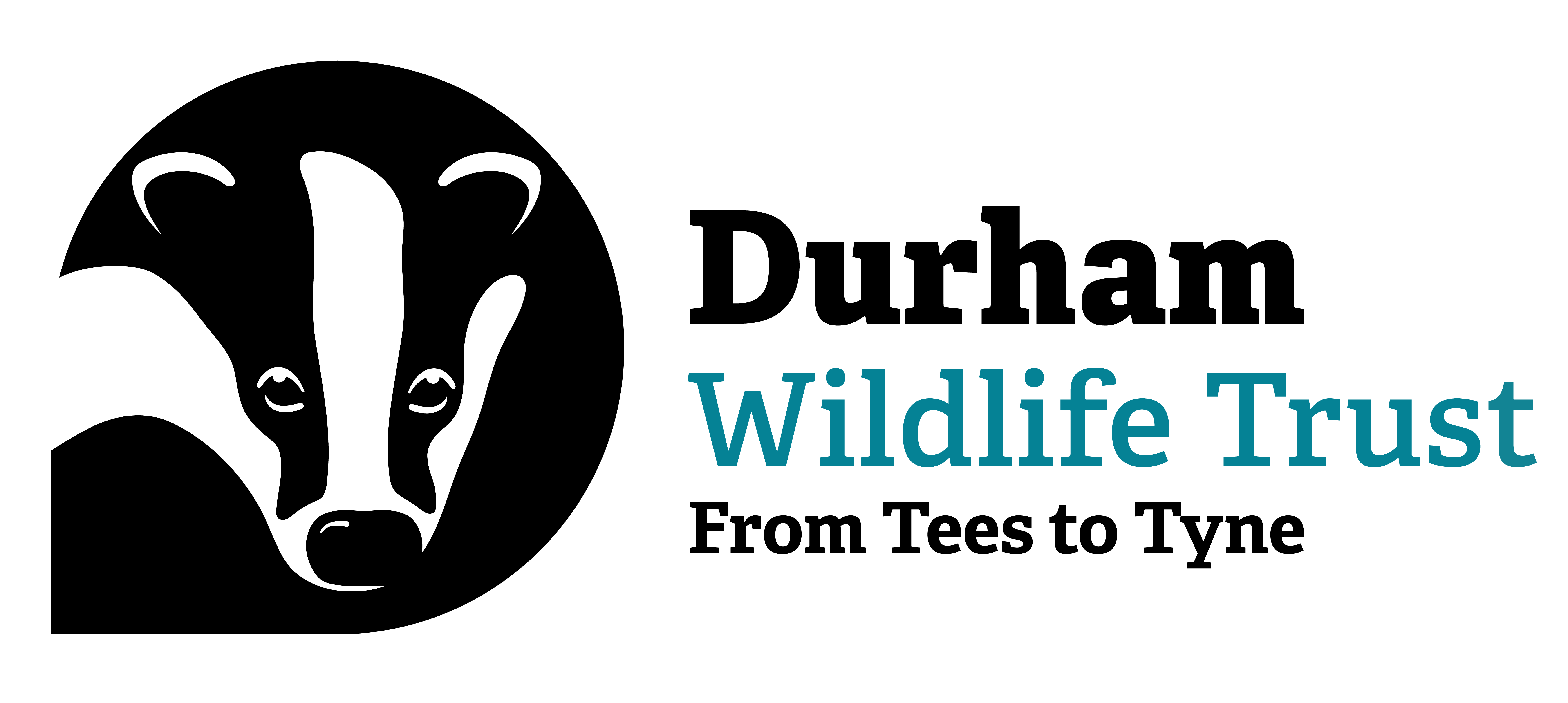Description
A slender bodied snake reaching 100 cm though usually less. Old records of female snakes reaching 300 cm do exist. Olive green to grey green in colour as well as brown. Thick necked and rounded head with a long slender tail. Females generally larger than males. Head marked with black and cream on the cheeks and upper lips. A distinct collar of cream, white or yellow behind the head is usually bordered by a black crescent behind.
Distribution
Once widespread across the UK but now in serious decline thought to be no longer present in the North East. Widespread in Europe and common in Southern England and Wales. Some records recently in South West Scotland thought to be deliberately introduced specimens.
Habits
A diurnal snake though has been observed at night. An active hunter using its sense of smell and large eyes to track down prey. Will actively hunt in water such as ponds and rivers, being a strong swimmer. Emerging from hibernation once temperatures reach double figures in April. Breeding almost immediately. Females lay eggs in June which if incubated at a constant temperature will hatch between August and September.
Habitat
Farmland, rural to urban areas, wet marshes, canals, ponds and lakes as well as lightly forested or wooded areas.
Diet
Fish, amphibians, small rodents and eggs or chicks of small birds. Being an excellent climber as well as swimmer.




